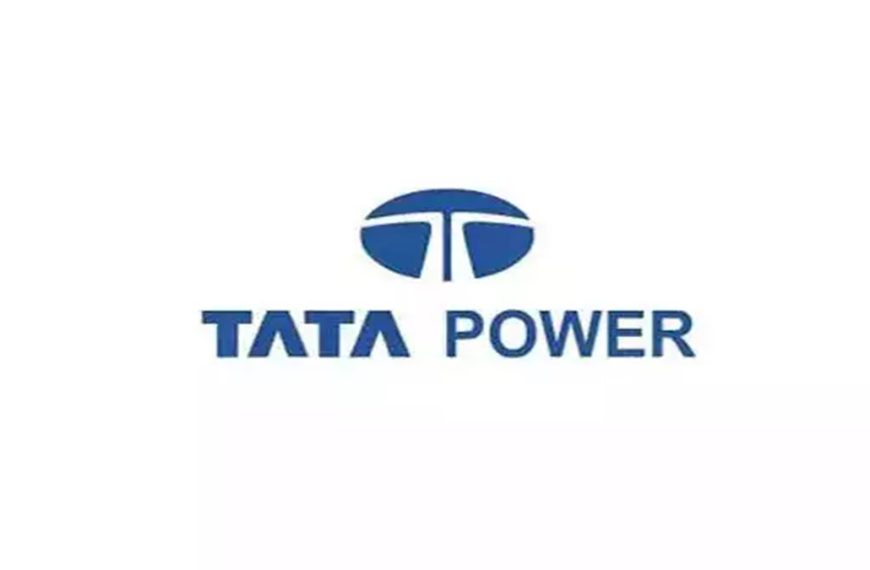India’s thermal power sector has faced significant challenges, achieving only 4.53 gigawatts (GW) of new capacity against a target of 15.4 GW for the fiscal year 2024-25, according to the latest report from the Central Electricity Authority. As the nation grapples with increasing power demands, delays in commissioning thermal power projects continue to hinder progress.
Commissioning Challenges in Thermal Power Projects
Out of the 22 planned thermal units, only six were successfully commissioned in the past fiscal year. This included two units from the central sector and four units from state-run initiatives. Notably, the commissioned projects comprised:
- Ghatampur TPP: 660 MW
- Khurja SCTPP: 660 MW
- Jawaharpur STPP: 660 MW
- Bhusawal TPS: 660 MW
- Panki TPS Extension: 660 MW
- Yadadri TPS: 800 MW
Regrettably, the remaining 16 units have been postponed to FY26, as indicated in the report. The government has now adjusted its expectations, aiming for an additional 12.86 GW of thermal capacity in 2025-26.
Current State of Thermal Capacity Construction
As of March 2025, there are 46 thermal units under construction across both the central and state sectors, contributing to a total capacity of 34.56 GW. The growth in thermal power capacity has considerably slowed down in recent years. For instance, during FY24, India only managed to add 5.4 GW against a target of 14.7 GW.
Experts attribute these delays to several factors, including:
- Equipment supply issues
- Land acquisition challenges
- Regulatory hurdles
Future Projections and Strategic Goals
Despite the setbacks, India remains committed to coal-based power generation and is poised to add an ambitious 80 GW of thermal capacity by 2031-32 to meet rising energy demands. Vikram V, a vice-president at Icra, highlighted that achieving this goal requires construction to commence by 2026-27. He emphasized, "For the target of 80 GW to be met by 2032, all necessary approvals and groundwork must be initiated immediately."
The Rising Demand for Power
India is experiencing an unprecedented surge in energy demand, with peak demand reaching 250 GW in May 2024. The rate of increase in power demand has accelerated significantly; it took six years to rise from 150 GW to 200 GW, but only three years to reach 250 GW. This trend is expected to continue, with projections estimating peak demand to hit 277 GW in FY26.
In the fiscal year 2025, an additional 33 GW of power generation capacity was successfully added, bringing the total installed capacity to 475 GW. It’s important to note that this increase has primarily stemmed from renewable energy sources, which present their own set of challenges due to their intermittent nature.
Conclusion
As India navigates the complexities of its thermal power sector, addressing the bottlenecks in project execution will be crucial for meeting the country’s growing energy needs. With expert insights emphasizing the importance of infrastructure support—such as transmission lines and coal transportation—it remains to be seen how the nation will adapt and evolve in its energy strategies moving forward.











